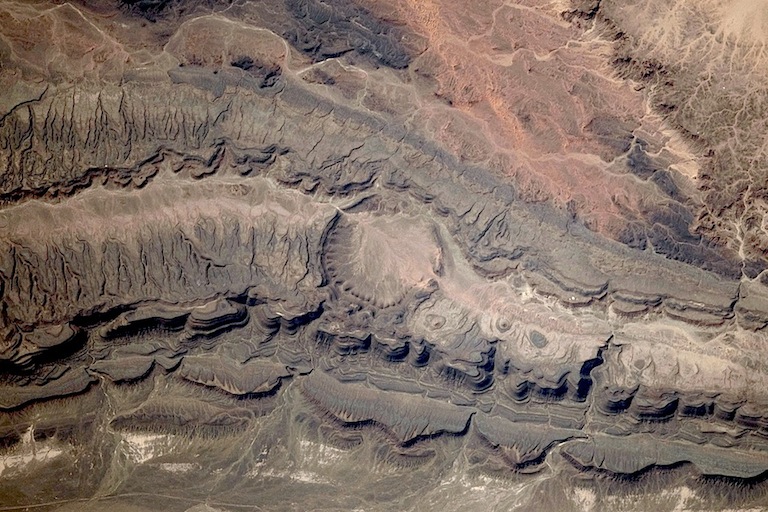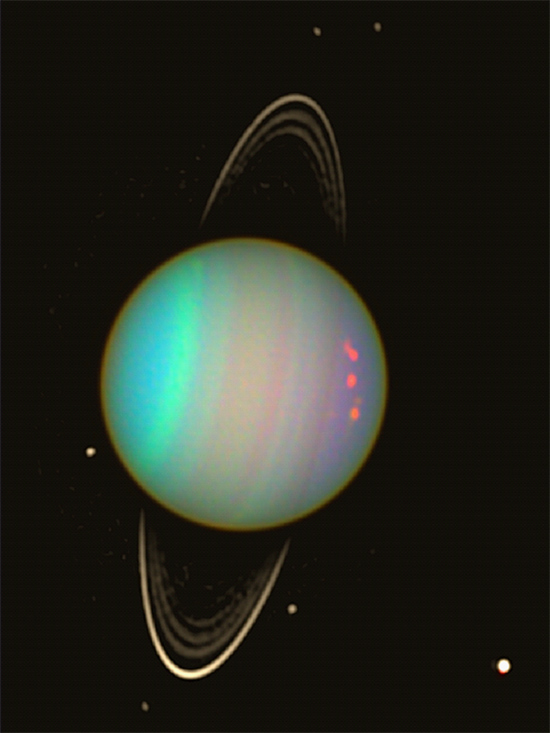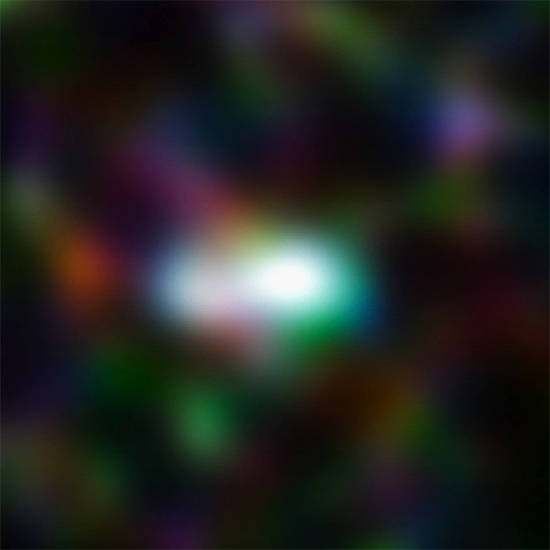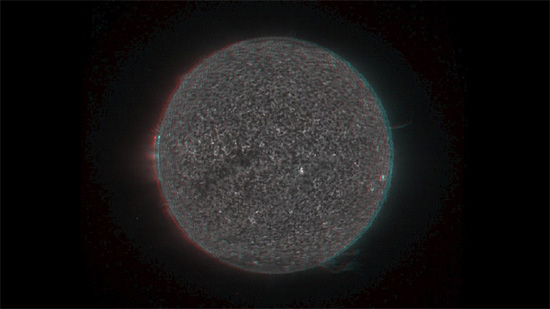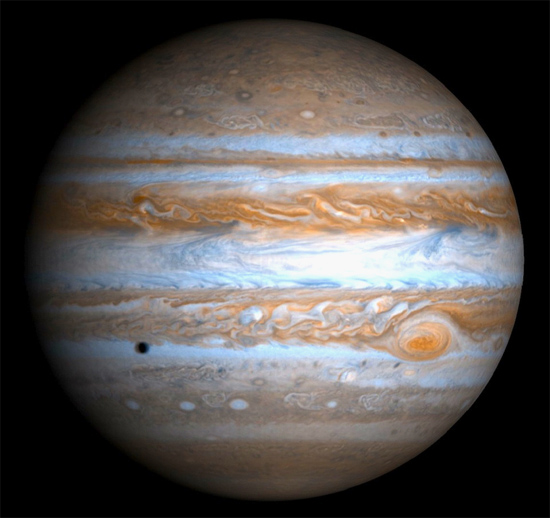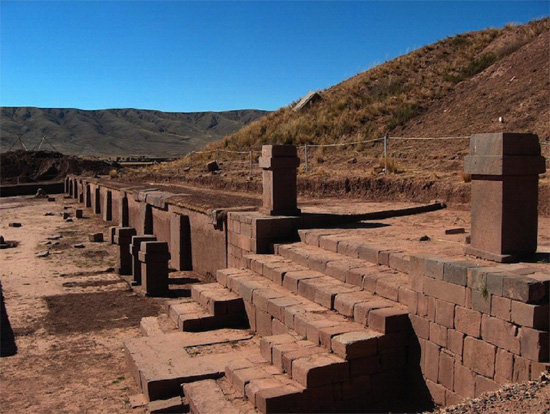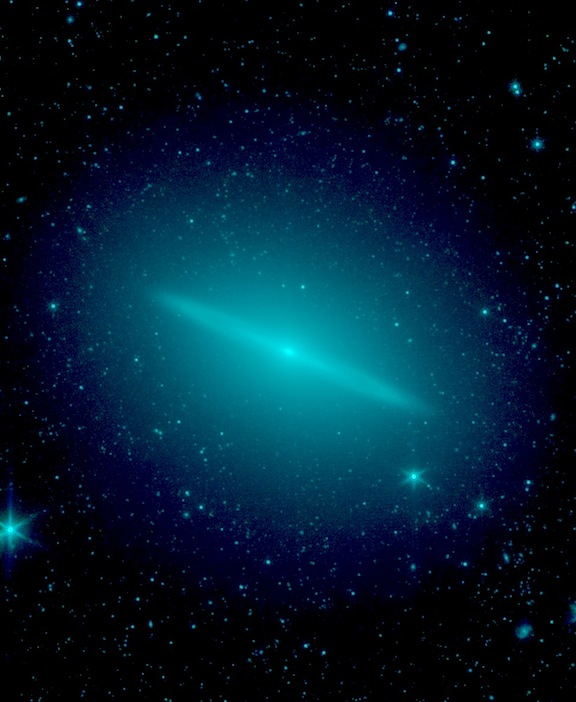Poseidon Aegaeus
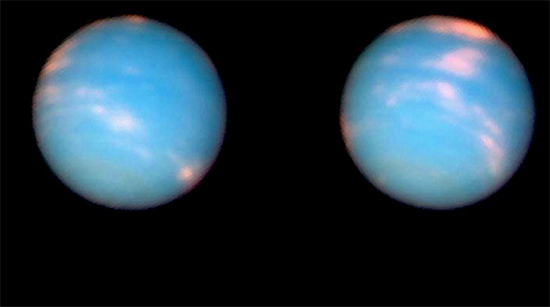
May 10, 2012 Neptune is the Solar System’s most remote planet. What drives its extraordinary winds? The winds on Jupiter average about 400 kilometers per hour, with the fastest streaming around the Great Red Spot at 635 kilometers per hour. On Saturn, wind speeds up to 1800 kilometers per hour have been…






